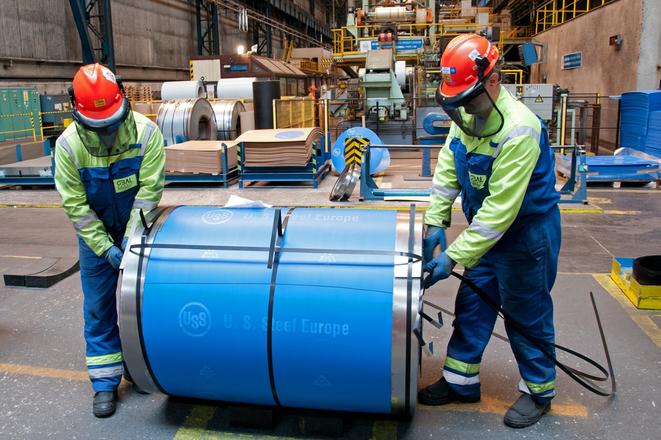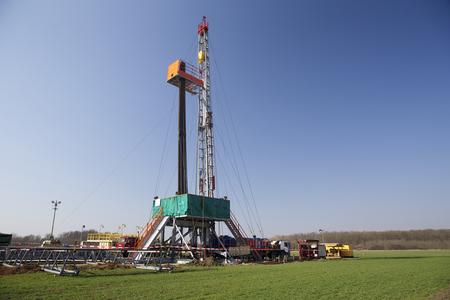Slovakia is one of Europe’s largest greenhouse gas polluters per capita due to its widespread use of outdated technology in industry.
As such, it is facing major challenges as it looks to decarbonise as part of wider EU plans to make the bloc’s economies’ greener.
“Decarbonisation is the biggest challenge the industry has faced since the transition to private ownership and a market economy,” Radovan Ďurana, an analyst with the economic think tank INESS, told The Slovak Spectator.
Analysts say, however, that while the decarbonisation of Slovak industry is financially demanding, it has its benefits.
Andrej Lasz, general secretary of the Association of Industrial Unions (APZ), said it will not just help Slovakia meet international climate obligations but also drive innovation, which will help local companies maintain competitiveness and make them more attractive to lenders.
“Decarbonisation leads to greater energy efficiency in industry and helps businesses to reduce operating costs. It will also create new job opportunities in renewable energy, energy technologies and environmental management,” he said.
Slovakia’s goals
Like many other countries, as the world’s climate changes, Slovakia’s economy is transforming too. But its move towards a circular, carbon-neutral economy is a particular challenge.
As one of the world’s most industrialised states, the share of energy and industrial processes as part of Slovakia’s greenhouse gas emissions stands at 72 percent. Industrial production and the use of fossil fuels within industry is the source of 41 percent of all emissions produced in Slovakia – the highest figure among all EU countries, according to Slovakia’s Recovery and Resilience Plan.
“This high share is related to the structure of the economy, but is also the result of outdated technologies,” the document reads.



